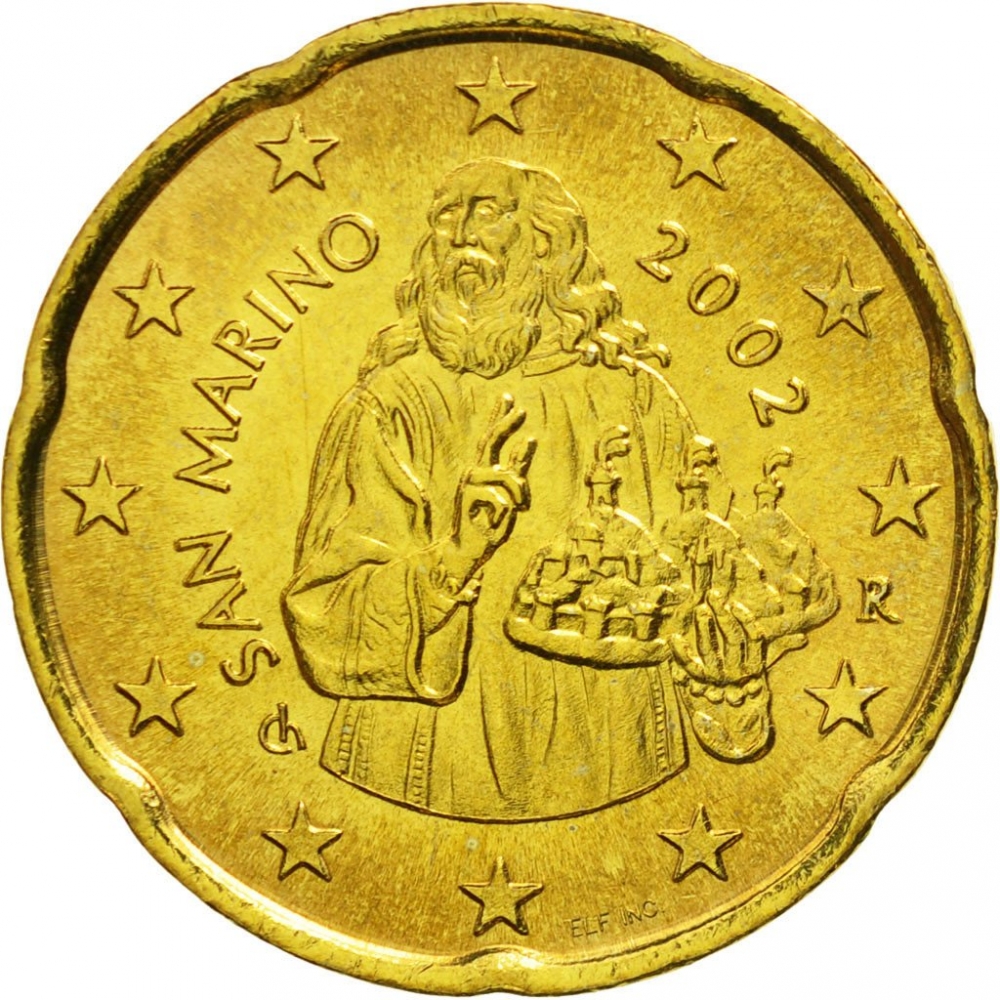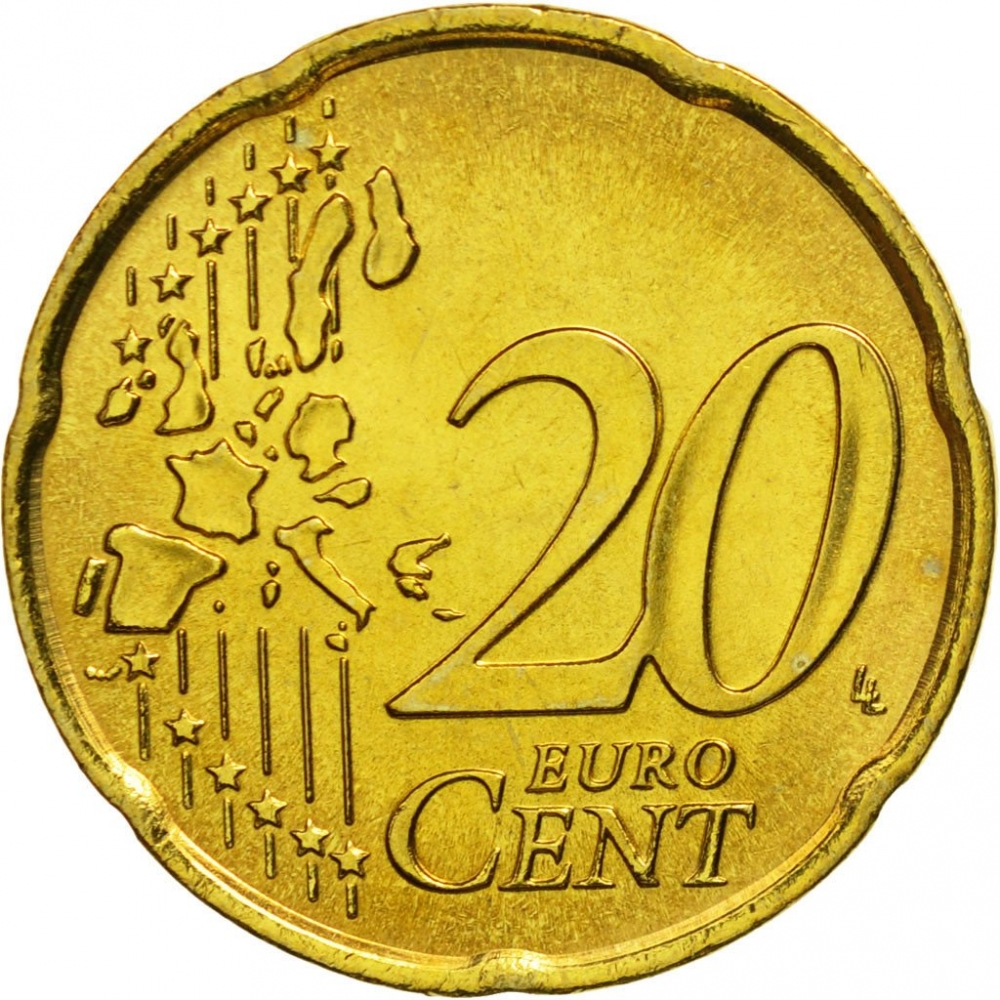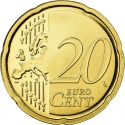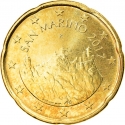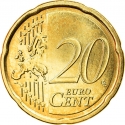You are about to finish your registration. Please check your mailbox (including spam folder). There should be a letter with a confirmation link. Check setting to make sure that your e-mail address is correct.
Send letter again
Obverse

|
Depicts Saint Marinus holding the city in his hand, encircled by the twelve stars of Europe. The image is based on canvas from the Guercino school. In a semicircle to his left are the country name and the initials of the designer (stylised Ch). In a similar fashion to his right are the date and mintmark (R). Engraver's initials between the stars to the bottom right. SAN MARINO 2002 |
|---|---|
Reverse

|
A geographical map of Western Europe spans the outer ring and inner core on the left side of the coin. 20 |
| Edge |
A smooth edge separated into equal sections by seven indents (Spanish flower) |
20 Euro Cent
1st map
KM# 444 Schön# 438
Swap now (1 offer)
Characteristics
| Material | Nordic Gold |
| Weight | 5.74 g |
| Diameter | 22.25 mm |
| Thickness | 2.14 mm |
| Shape |
|
| Alignment | Medal |
| Mint |
Italian State Mint and Polygraphic Institute (IPZS)
|
